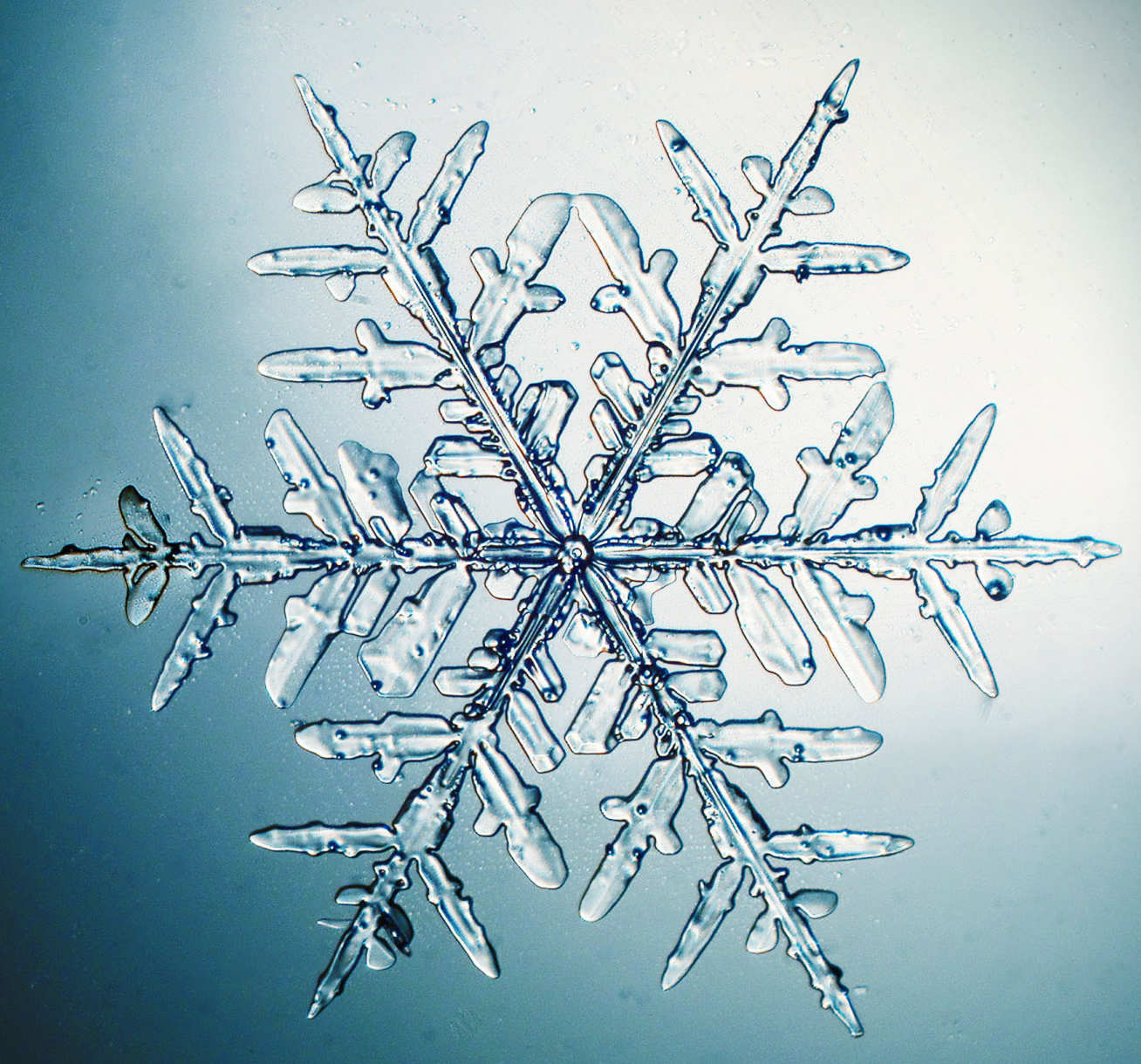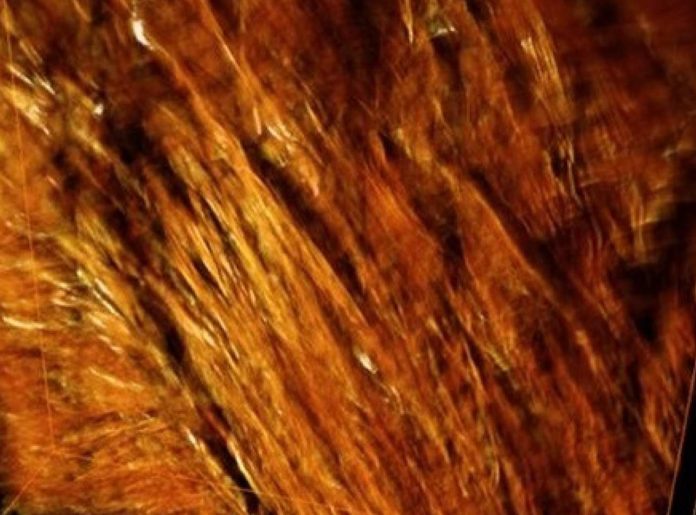Bone is a connective tissue largely composed of an organic protein; collagen and the inorganic mineral hydroxyapatite. The two components are arranged in settled rehashing designs from the littler to the bigger scale, in the long run affecting the general structure of bone.
In order to determine, how deep the structures are arranged, Imperial scientists used advanced 3D nanoscale imaging of the minerals in human bone. Using the method, scientists have shown that the hierarchical patterns of mineral seen previously are present even at the nanoscale on bone mineral crystallites.

Scientists also used electron microscopy to discover the basic building blocks of crystals at this tiny scale are curved, needle-shaped crystals that form larger twisted platelets to resemble propeller blades. They found that the ‘blades’ continuously merge and split at a nano level. The intercalating, continuous mineral and protein networks provide the strength that’s essential for functional bones.
Co-corresponding author Professor Molly Stevens, from Imperial’s Departments of Materials and Bioengineering, said: “This work builds on elegant previous studies investigating the fundamental properties and structure of bone. Our work has helped to unlock an important missing piece of the puzzle.

“The combination of the materials together gives bone better mechanical properties than the sum of its parts. We have now worked out how these two stiff and flexible elements uniquely combine to give bones their toughness and strength.”
The elements that make bone have gently curved, twisted shapes. At the smaller scale, mineral crystals curve, collagen strands twist together, and mineralized collagen fibers twist, as do larger scale elements called osteons – the basic units that make up bone.
First author Dr. Natalie Reznikov, who performed the work whilst a postdoctoral fellow at Imperial, said: “Like lightning bolts, coastlines, tree branches, clouds and snowflakes, tiny bone structures follow natural repeating patterns.
“These natural fractals are examples of similar repetitions made in other naturally occurring patterns, whose complexities increase with magnification.”
The study is published in the journal Science and was funded by the UK Engineering and Physical Sciences Research Council (EPSRC) and the Wellcome Trust.
